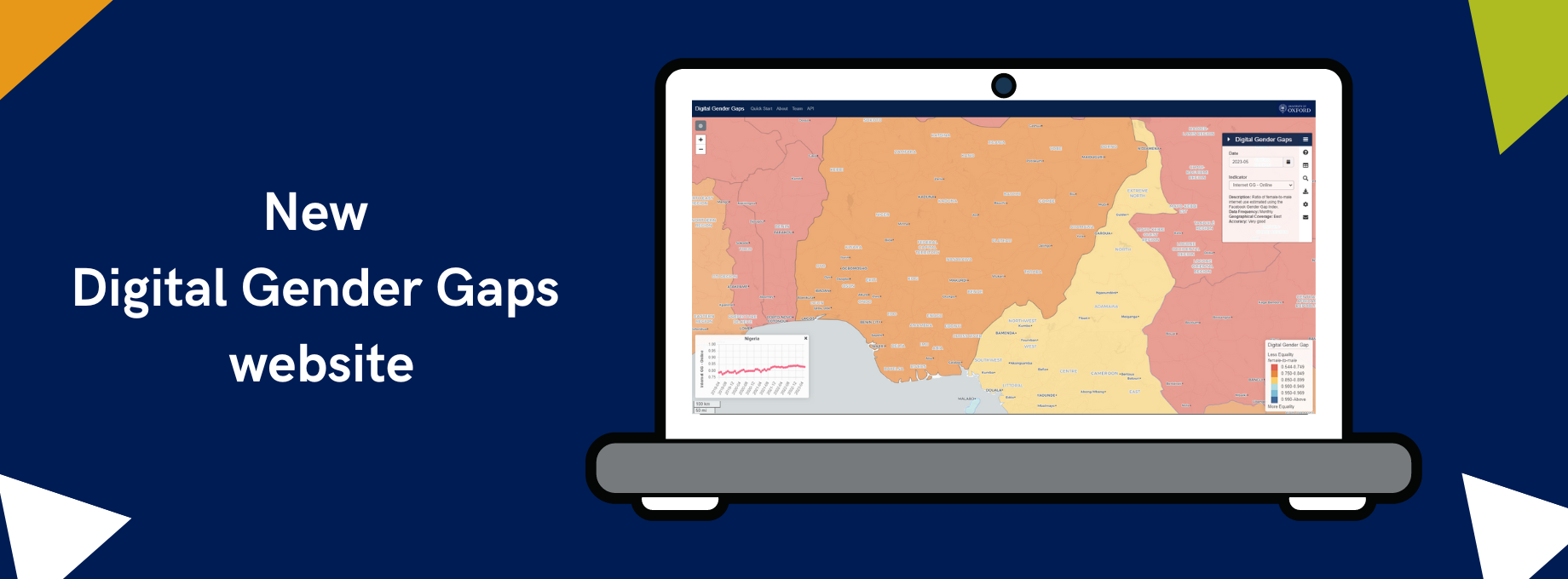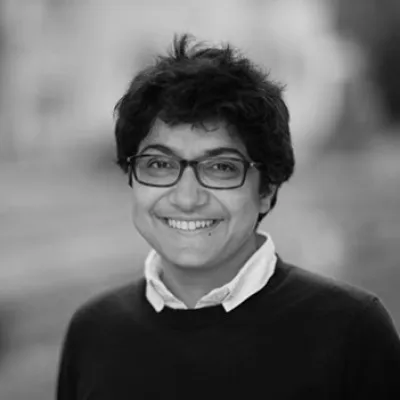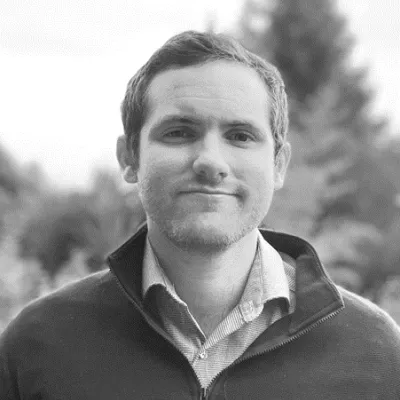Researchers from the Leverhulme Centre for Demographic Science have launched a new edition of their interactive web dashboard to monitor global digital inequality in real-time.
Explore our data dashboards here
This innovative web dashboard (www.digitalgendergaps.org) combines aggregate social media data on monthly active Facebook users from the platform’s marketing platform with gender gap indicators from sources including the World Bank and the United Nations (UN) to provide estimates of global gender disparities in internet and mobile phone usage. The initiative is part of the "Mapping global gender gaps in digital connectivity" project, supported by the Bill and Melinda Gates Foundation.
The Digital Gender Gaps dashboard is a collaboration between researchers at Oxford’s Department of Sociology, Leverhulme Centre for Demographic Science, and Saarland University's Societal Computing Department which aims to address and bridge the digital gender divide.
The tool stems from Professor Ridhi Kashyap’s research into gender inequality and her work to highlight and close digital gender gaps.
Professor Kashyap, Principal Investigator of Digital Gender Gaps, emphasised the need for accurate data on mobile phone and internet access, stating, ‘I realised that there was very little data on access to mobile phones and the internet by gender, especially in low- and middle-income countries, so I turned to new data streams from social media to fill this data gap. Digital technologies are rapidly transforming all aspects of our lives, but to understand their wider impacts, we need to know to who is using them, as well as how.’
Monitoring progress on digital gender gaps is crucial to ensure that women can fully leverage the opportunities offered by the digital revolution. A recent UNICEF report, co-authored by Professor Kashyap, revealed a global gender digital divide among adolescent girls mirroring patterns observed in adult women. The report found that globally, more boys have online access than girls, with the gap particularly pronounced in low- and middle-income countries.
Users of Digital Gender Gaps can explore gender gaps in internet and mobile phones across countries worldwide and trends in these gender gaps. For instance, the platform reveals that the digital gender gap is narrowing in Ghana, while it is widening in Saudi Arabia.
Dr Douglas Leasure, Senior Researcher and Data Scientist at the Leverhulme Centre for Demographic Science notes, ‘It is great to already have interest from researchers, international development organisations, civil society, and various stakeholders in using our interactive tool to better understand the societal and gender implications of the digital revolution, both on a national and global scale. We hope to continue to build partnerships moving forward.’
Looking ahead, the Digital Gender Gaps plans to expand their efforts by incorporating subnational indicators next year. Two new researchers, Dr Casey Breen and Dr Prashant Poddar, will join the team this summer to continue expanding these lines of work to map digital gender inequalities and understand their impacts.
Funding for Digital Gender Gaps is provided by the Bill and Melinda Gates Foundation (INV-045370), Economic and Social Research Council (ESRC) Impact Acceleration Account (IAA) (2021-22), and Data2X (2017-2020).
Research Spotlight: Closing the digital gender gap
In this video, Professor Ridhi Kashyap discusses her recent work with UNICEF to highlight and close digital gender gaps.





